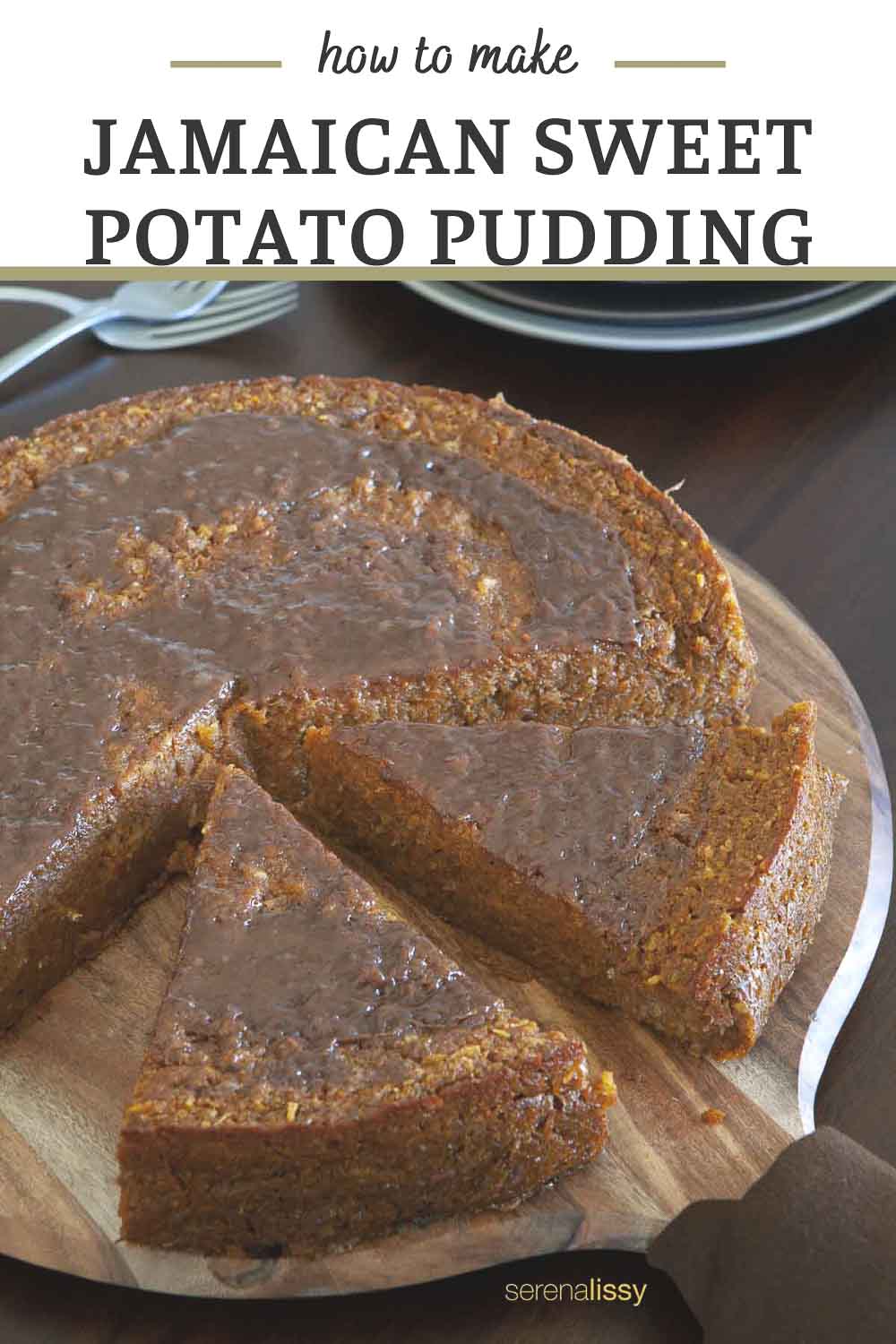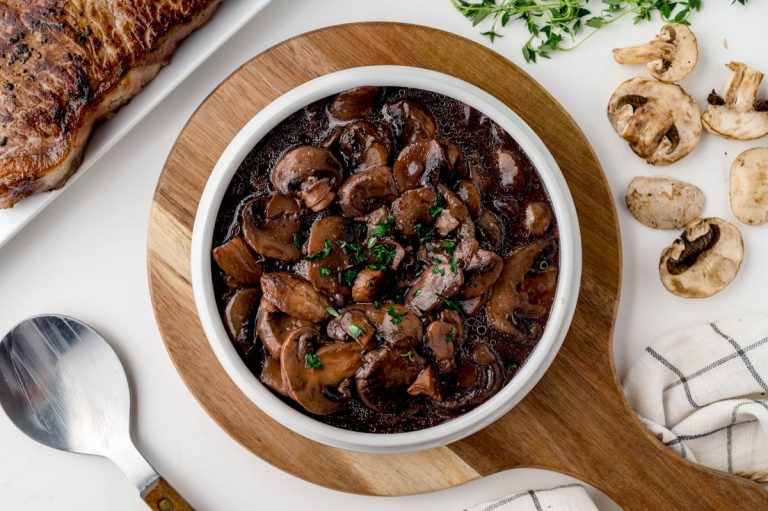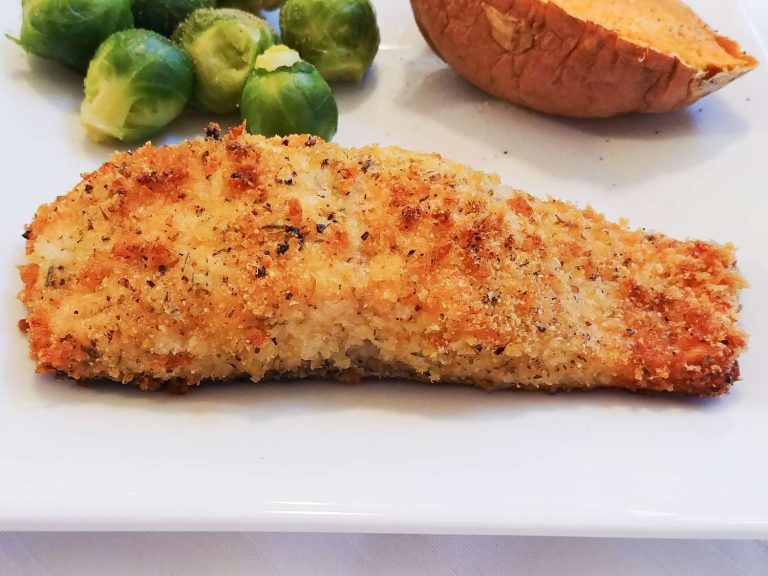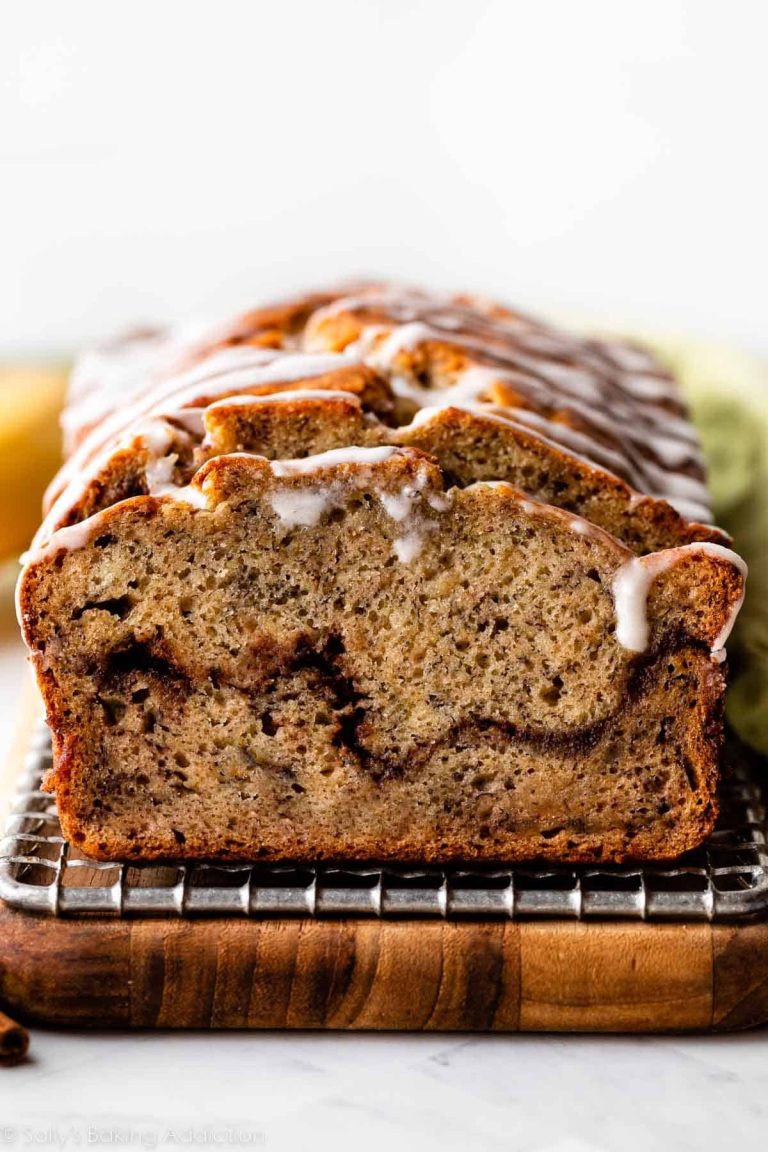Sweet Potato Pudding Recipe: History, Variations, and Serving Tips
Sweet potato pudding dates back centuries. Originating in Africa, it migrated to the Americas during the transatlantic slave trade. Enslaved Africans adapted the native sweet potato to create a comforting dessert. By the 18th century, it had evolved in the American South, utilizing ingredients like milk, eggs, and spices to create a richer texture. Recipes from colonial-era cookbooks demonstrate early versions of this dessert.
Regional Variations and Influence
Sweet potato pudding boasts regional variations. In the American South, it often includes ingredients like pecans and marshmallows. Caribbean versions incorporate coconut milk and rum. In the Philippines, it’s known as “camote pudding,” incorporating native flavors like pandan. Each region adds unique ingredients, reflecting local culinary traditions while maintaining the essence of sweet potato pudding.
Key Ingredients of All Time Favorite Sweet Potato Pudding
Sweet Potatoes: The Star of the Dish
Sweet potatoes form the foundation of sweet potato pudding. Opt for fresh, orange-fleshed sweet potatoes. These varieties provide a naturally sweet flavor and creamy texture, ideal for this dessert. Ensure sweet potatoes are uniformly sized for even cooking. Popular choices include the Beauregard and Jewel varieties, known for their sweetness and vibrant color.
Sweeteners and Spices That Enhance Flavor
Sweeteners balance the natural sweetness of sweet potatoes. Granulated sugar is a classic choice. Brown sugar adds a caramel-like richness due to its molasses content. Some recipes also use condensed milk or maple syrup for additional layers of flavor.
Spices add depth and warmth to sweet potato pudding. Cinnamon and nutmeg are traditional favorites, providing a warm, slightly spicy note. Ground ginger and cloves can offer a more complex spice profile. A pinch of salt enhances sweetness while bringing out other flavors, creating a well-rounded dessert.
Step-by-Step Recipe for Sweet Potato Pudding
Preparing the Sweet Potatoes
First, gather approximately 2 pounds of fresh, orange-fleshed sweet potatoes, such as Beauregard or Jewel varieties, for their flavor and texture. Start by washing the sweet potatoes under running water to remove any dirt. Then, peel them using a vegetable peeler or paring knife.
Next, cut the peeled sweet potatoes into large chunks to ensure they cook evenly. Place the chunks in a large pot, cover them with water, and bring it to a boil over medium-high heat. Reduce the heat to medium and let the sweet potatoes cook for about 20-25 minutes, or until they become tender and can be easily pierced with a fork. Drain the water and transfer the cooked sweet potatoes to a large mixing bowl.
Use a potato masher or an electric mixer to mash the sweet potatoes until they’re smooth and free of lumps.
Mixing Ingredients and Baking
Preheat your oven to 350°F (175°C). In the mixing bowl with mashed sweet potatoes, add 1 cup of granulated sugar, 1 cup of brown sugar, 1 cup of evaporated milk, and 1/2 cup of melted butter. Beat in 3 large eggs, one at a time, ensuring each is well incorporated.
Add 1 teaspoon of ground cinnamon, 1/2 teaspoon of ground nutmeg, 1/4 teaspoon of ground ginger, and 1/4 teaspoon of ground cloves to the mixture. Blend everything until combined, creating a smooth, even batter.
Grease a 9×13-inch baking dish with butter or non-stick spray. Pour the sweet potato mixture into the prepared dish, spreading it out evenly with a spatula.
Bake the pudding in the preheated oven for about 45-50 minutes, or until the edges are set and the center is slightly jiggly. To check for doneness, insert a toothpick into the center; it should come out mostly clean.
Remove the dish from the oven and allow the sweet potato pudding to cool for at least 15 minutes before serving.
Nutritional Benefits of Sweet Potato Pudding
Key Vitamins and Minerals
Sweet potato pudding contains essential vitamins and minerals. Sweet potatoes provide an excellent source of vitamin A, supplying over 400% of the daily requirement in one cup. This vitamin is vital for vision, immune function, and skin health. You also get significant amounts of vitamin C, which aids in collagen production and immune defense. Sweet potatoes contain significant amounts of vitamin B6, essential for brain development and function.
Mineral-wise, sweet potato pudding supplies potassium. One cup offers about 12% of your recommended daily intake. Potassium helps regulate blood pressure and fluid balance. Iron, found in moderate amounts, supports healthy blood cells and oxygen transport in your body. Magnesium and calcium also add to the diverse mineral profile, contributing to bone health and energy metabolism.
Dietary Fiber and Its Benefits
Dietary fiber in sweet potato pudding brings several health advantages. Sweet potatoes are high in both soluble and insoluble fiber. Soluble fiber slows digestion, helping control blood sugar levels and lowering cholesterol. Insoluble fiber promotes regular bowel movements, reducing the risk of constipation.
One cup of sweet potato pudding offers roughly 6 grams of fiber, aiding satiety and weight management. This fiber content also supports a healthy gut microbiome, which is essential for overall digestive health. Incorporating sweet potato pudding into your diet can thus boost digestive health and contribute to a balanced nutrition profile.
Serving and Presentation Tips
Ideal Pairings and Occasions
Pair sweet potato pudding with complementary dishes and beverages for a satisfying experience. Serve it with a scoop of vanilla ice cream for a classic combination. Consider fruits like peaches or pears for a fresh, balanced flavor. For beverages, pair with spiced teas or coffee to enhance the pudding’s warmth. It’s suitable for various occasions, offering versatility as both a comfort food and a festive dessert. Serve it during holidays like Thanksgiving or Christmas, or at family gatherings and potlucks.
Creative Serving Ideas
Enhance presentation by using unique serving dishes. Serve sweet potato pudding in small ramekins or mason jars for individual portions. Garnish with whipped cream, toasted nuts, or coconut shavings for added texture. Create a layered dessert by alternating pudding with granola or crushed cookies in a trifle dish. Use playful elements like edible flowers or fruit slices to add color. Employing these creative ideas adds visual appeal and elevates the overall dining experience.
Conclusion
Sweet potato pudding isn’t just a dessert; it’s a celebration of cultural heritage and culinary creativity. Whether you’re savoring it with vanilla ice cream or layering it with fruits and nuts, this versatile dish fits any occasion. Embrace its rich history and nutritional benefits while delighting in its myriad of flavors and textures. Elevate your dining experience by experimenting with presentation and pairings, ensuring every bite is as memorable as the last. Dive into the world of sweet potato pudding and make it a staple in your dessert repertoire.






